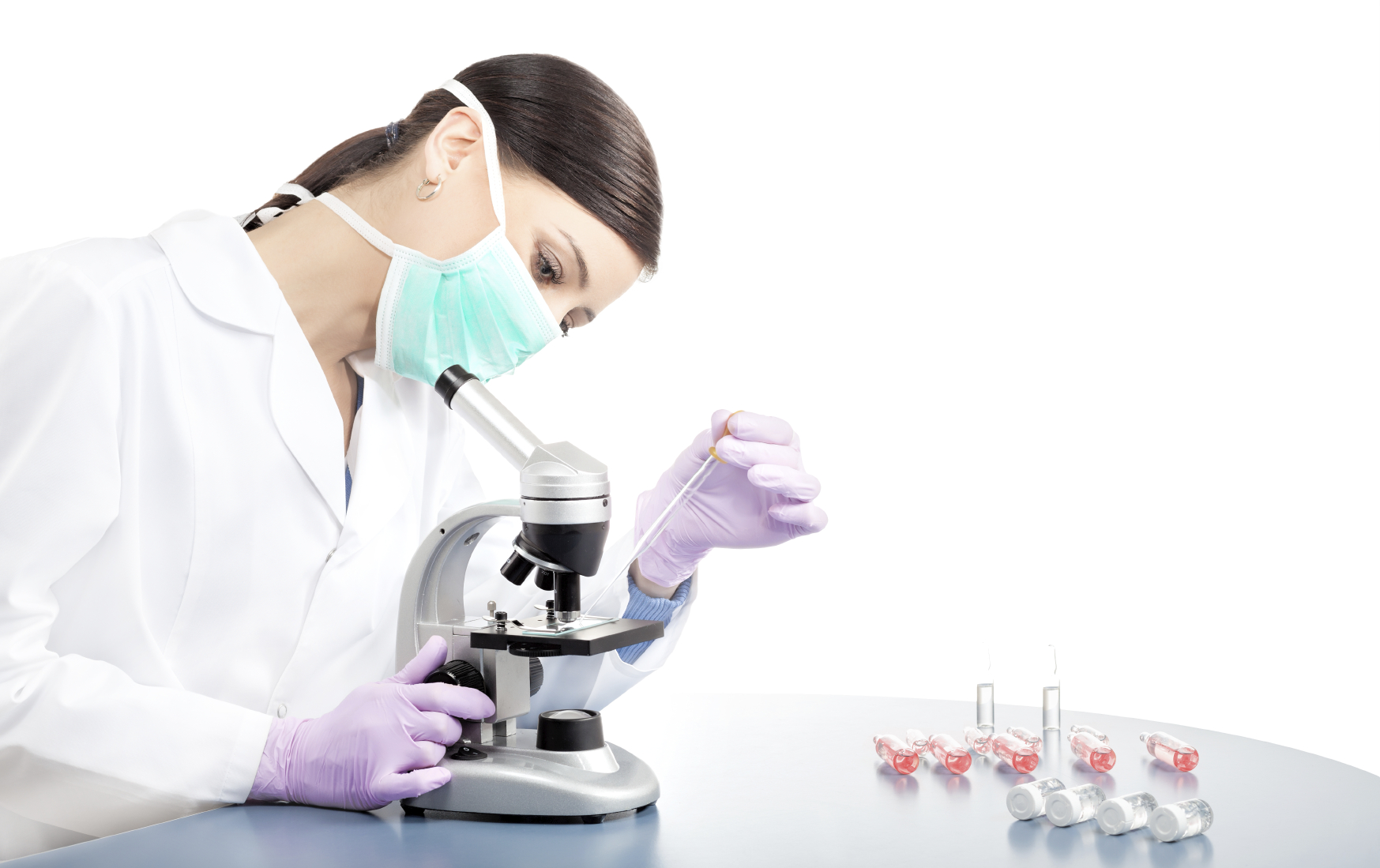New research provides insight into the connection between follicle size and blastocyst quality
The Fertility Center of Las Vegas team is always working to advance the practice of reproductive medicine by performing groundbreaking research. We are excited to report that some of this research has been accepted for publication by the prestigious medical journal Fertility and Sterility. This study asked whether there is a link between ovarian follicle size and blastocyst quality.
What were the findings from this study about follicle size and blastocyst quality?
For about a year, we tracked the size of each ovarian follicle that our doctors punctured in order to retrieve eggs. This included almost 5,000 ovarian follicles. We then looked to see the quality of the blastocysts (embryos) that the various sizes of follicles produced.
After reviewing the results, our team made the following conclusions about the link between follicle size and blastocyst quality.
- The results showed that ovarian follicles more than 19mm in diameter were those most likely to produce good-quality blastocysts.
- The observation of good blastocyst quality even held true for the largest follicle size group, which are those 28mm or greater in diameter. This is a larger size than anyone has previously studied.
This study also looked at more than 300 blastocysts from patients who had preimplantation genetic testing (PGT). The team found that ovarian follicle size is not correlated with the results of a blastocyst’s genetic testing.
Why is this study’s publication a big deal?
This study provides vital information about the relationship between ovarian follicle size and resulting blastocyst quality. It is also among the first studies to examine protocols for prolonged ovarian stimulation that are appropriate for freeze-all IVF cycles, egg donor cycles and gestational carrier cycles.
Previous studies have been in a context of fresh embryo transfer into the same patient that produced the eggs, which imposes several constraints that do not apply to other types of cycles. Fertility doctors can use this study’s information to make changes to stimulation protocols, which will help increase pregnancy rates.
If you have questions about this study or any of our fertility research, contact us to learn more.








